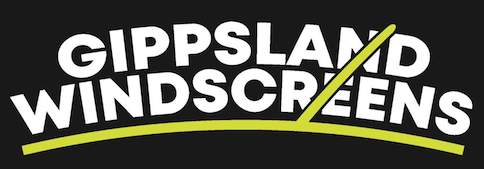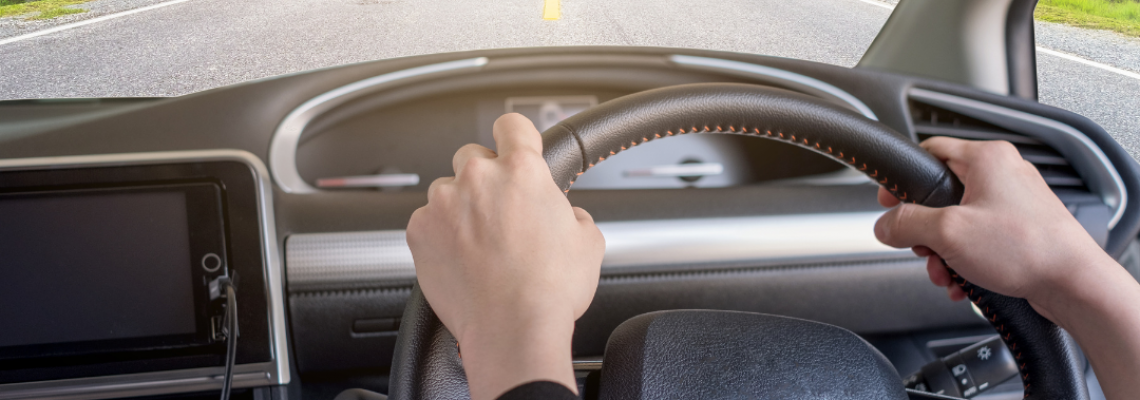In the automotive industry, windscreen glass plays a crucial role in ensuring driver safety and vehicle integrity. When it comes to replacing a damaged windscreen, consumers in Australia have the option to choose between genuine and non-genuine glass. While both options may seem similar, there are significant differences in terms of quality, safety, and legal compliance. This blog aims to shed light on these distinctions to help Australian car owners make an informed decision when it comes to windscreen replacements.
Quality Assurance and Safety
Genuine windscreen glass, also referred to as Original Equipment Manufacturer (OEM) glass, is produced by manufacturers approved by the vehicle manufacturer. These manufacturers meet rigorous quality standards and employ advanced technology to ensure the glass meets the original specifications and safety requirements set by the vehicle manufacturer. Genuine glass is designed to fit perfectly and provide optimal visibility, structural integrity, and protection during accidents or rollovers. It is engineered to work harmoniously with other safety features of the vehicle, such as airbags, advanced driver-assistance systems, and roof structures.
On the other hand, non-genuine windscreen glass, commonly known as aftermarket or generic glass, is manufactured by third-party companies that may not have the same level of quality control and adherence to safety standards. While non-genuine glass may be cheaper, its quality and durability may be compromised, potentially compromising the safety of the driver and passengers. Inferior glass may be more susceptible to cracks, chips, or shattering upon impact, increasing the risk of injury during accidents.
Legal Compliance and Insurance
In Australia, windscreen replacements must comply with the Australian Design Rules (ADRs), which are national standards for vehicle safety, performance, and emissions. Genuine windscreen glass is specifically designed to meet these regulations, ensuring compliance with the law. On the other hand, non-genuine glass may not meet the stringent requirements of the ADRs, leading to potential legal issues if your vehicle is inspected or involved in an accident.
Moreover, many insurance policies require the use of genuine windscreen glass for coverage. Insurers often recognise the superior quality and safety standards associated with genuine glass and, therefore, may only cover the cost of genuine replacements. It is essential to review your insurance policy and consult with your insurer before opting for non-genuine glass, as it could result in additional expenses that may not be covered.
Warranty and Resale Value
Genuine windscreen glass replacements often come with warranties provided by the vehicle manufacturer or glass supplier. These warranties offer peace of mind, assuring car owners that they are protected against defects or faults in the glass. Additionally, in the context of selling or trading in your vehicle, having a genuine windscreen can positively impact its resale value. Buyers are typically more confident in purchasing vehicles with original parts, including the windscreen, as it indicates a well-maintained and reliable vehicle.
Choosing between genuine and non-genuine windscreen glass is a decision that should prioritise safety, quality, legal compliance, and long-term value. Genuine windscreen glass ensures the highest level of quality, safety standards, and compatibility with your vehicle’s design. It complies with the law, satisfies insurance requirements, and offers warranty protection. While non-genuine options may seem cost-effective initially, they may compromise your safety, legal compliance, insurance coverage, and resale value. When it comes to windscreen replacements, investing in genuine glass is a prudent choice that prioritises your well-being and vehicle integrity.
If you require a windscreen replacement contact the team at Gippsland Windscreen Repairs.

